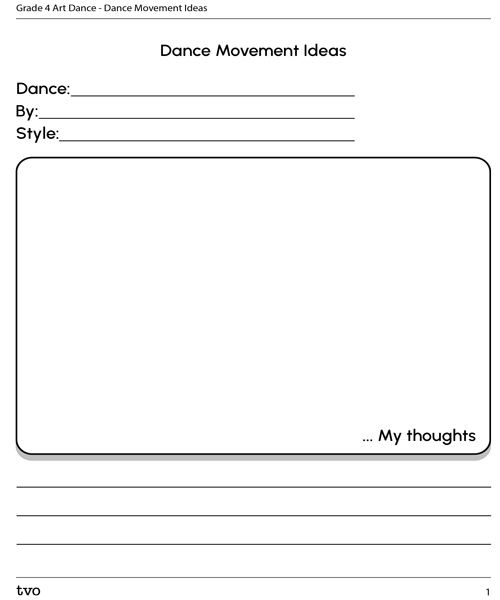Minds On
Today’s vocabulary
Press the following tabs to access the definitions for today’s vocabulary.
Let’s get started!
Explore the following images and descriptions.
Portfolio
Portfolio
Consider adding your thoughts to your portfolio.
Consider the following questions:
- What do you notice about how the people are moving?
- Which body parts do you notice the people are using?
- What do you wonder about the movements?
Record your ideas on the computer, on paper, in a picture, or using another method you choose.
Action
Get ready, get set…
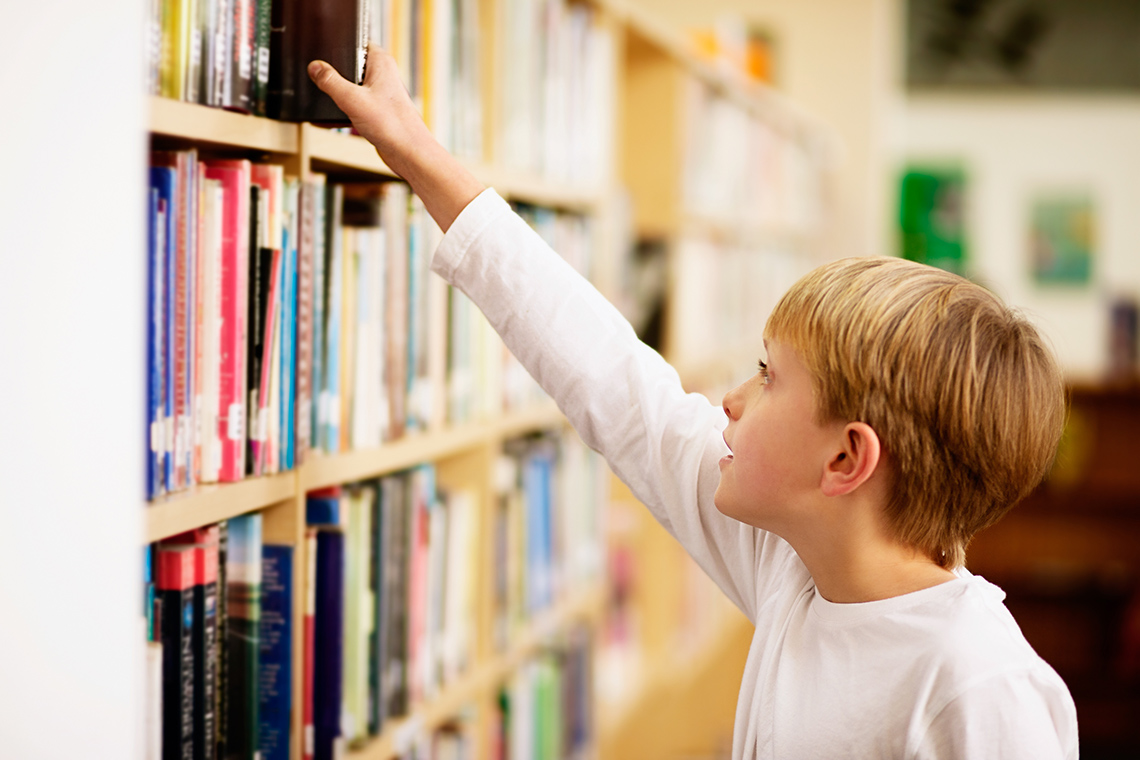
We move every day. Do we dance every day?
Think about three movements you made today when you were getting ready for the day.
What were you doing?
What parts of your body did you move?

Someone might stretch to take something off a shelf.
A dancer could also use a stretching movement in a dance.
Explore the following images for examples of stretching in dance and in everyday activities.
From everyday movements to dance
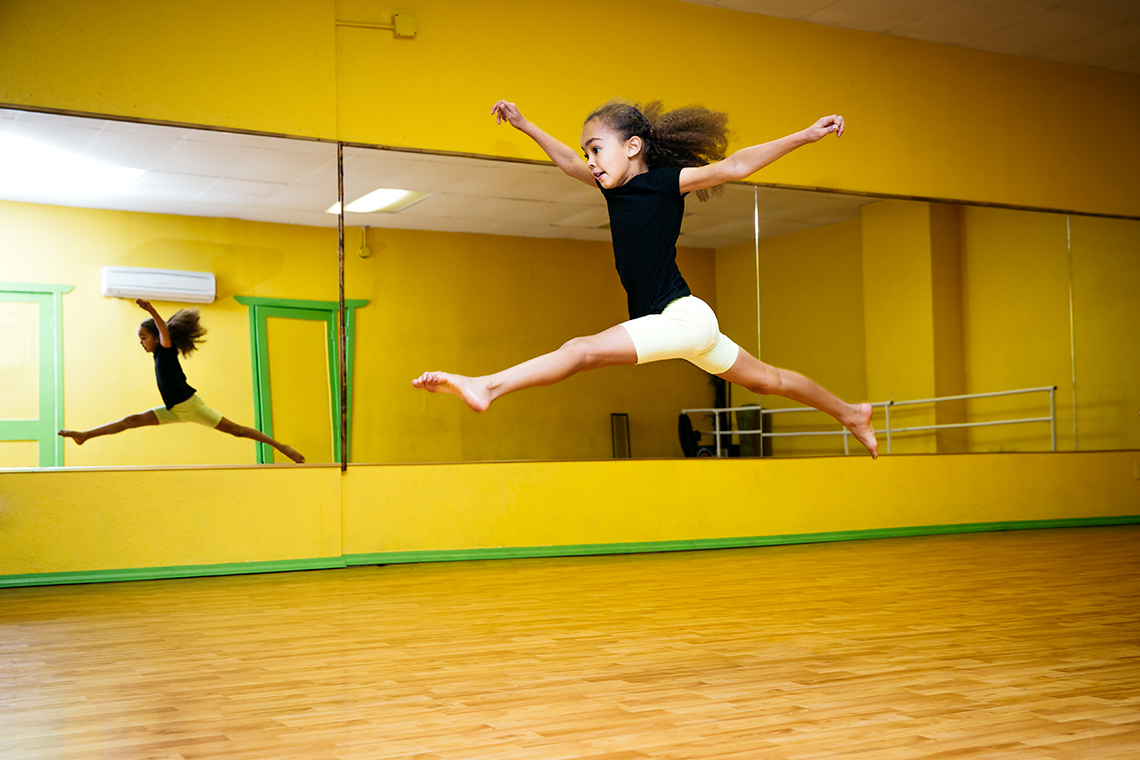
Let’s explore how dance phrases take everyday movements and change them.
Safety
Let’s get our bodies moving!
Always be sure to do your safety checks before you do an activity.
Before you begin, check:
When a dancer uses a stretching movement in a dance, they might make the movement bigger or smaller than they would if they were stretching to take something off a shelf.
Try It
Try it!
Imagine a dancer walking on the spot and around a space.
Next, imagine a dancer waving one arm. Then, they wave both arms.
Finally, imagine a dancer moving their hips from side to side.
If possible, try to make these movements!
Explore the following video to learn about how dancers use everyday movements like walking, waving, and moving their hips to create a dance phrase.
DescriptionThe dancers begin by warming their bodies up. They extend their arms and their legs out to the sides, waving side to side. They also practise jumping and pushing their legs apart and back together. The first move they learn is called chipping. This is like walking, but with more back and shoulder movement. The dancers walk on the spot and pump their back and shoulders forward and backward. Next, they practise jumping and waving one of their arms above their head in a large motion. Last, they practise moving their hips to the left and the right at different speeds while standing still with their feet apart.
What are the movements that Akua taught Divine and Lee to do?
Press ’Answer’ to reveal the movements that Divine and Lee learned.
Divine and Lee learned the chip, the jump and wave, and the hip.
How are the dance movements that Divine and Lee learned different from actions in daily life? How are they the same?
Press the following tabs to access questions to consider when comparing these dance movements to everyday actions.
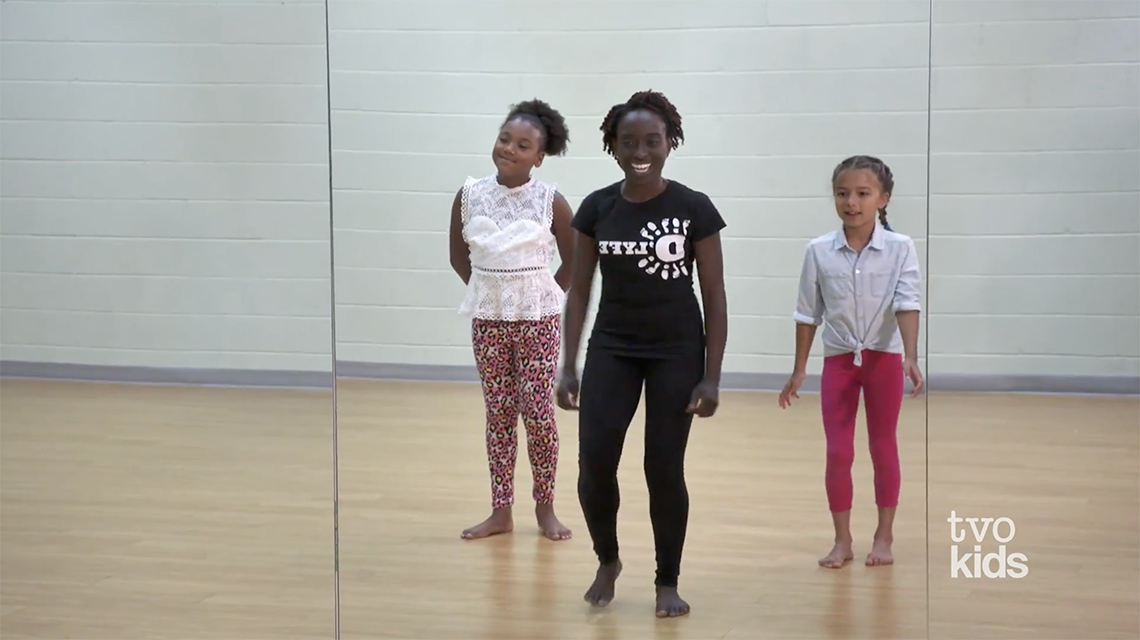
The first move they learn is called “chipping.” Akua explains that it’s like walking, but with more energy and bounce.
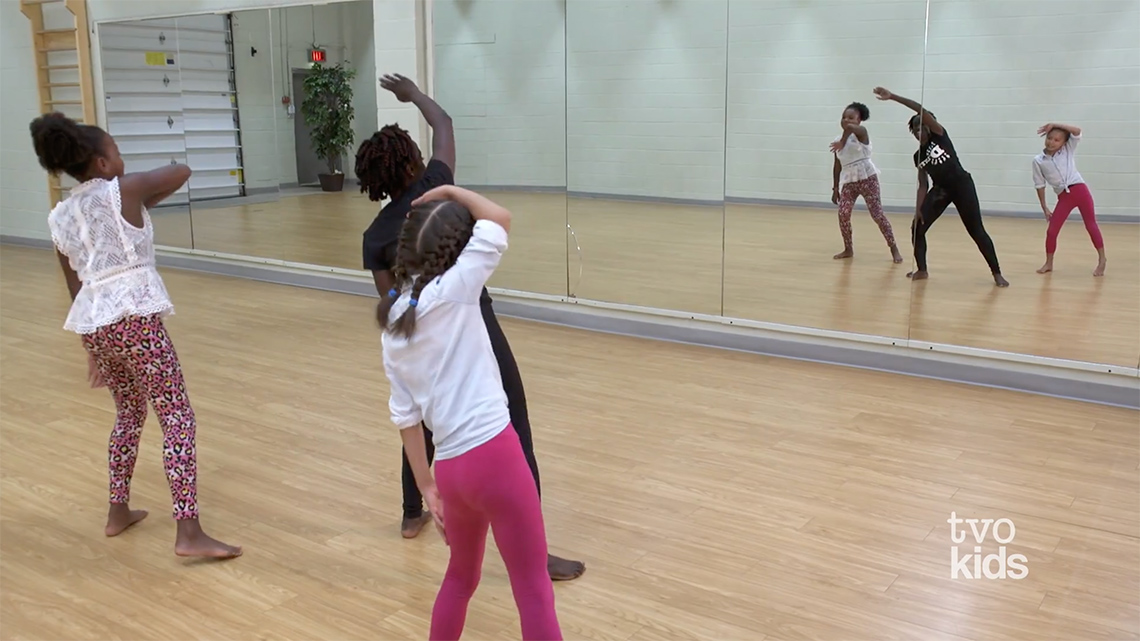
The next move that Divine and Lee learn how to do is a jump and wave.
Much like how someone waves hello to another person, Divine and Lee wave their arm from left to right, but it’s a bigger movement.
They then add a jump to their wave and do both movements together.
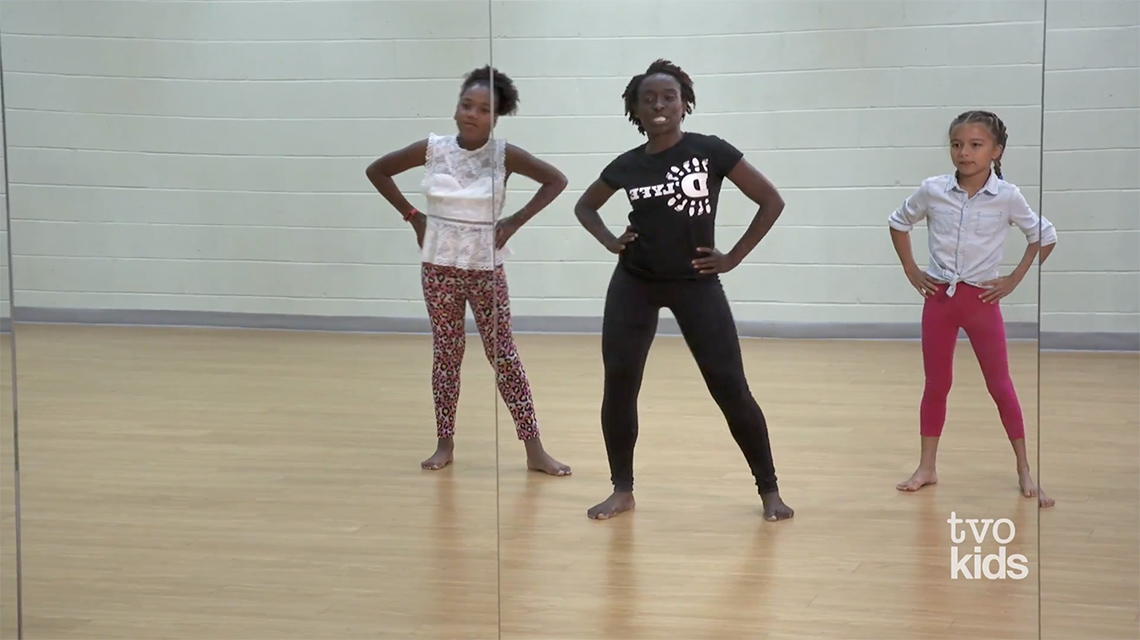
The third move that Divine and Lee learn how to do is “wind.” They moved their hips from left to right with their hands on their hips.

Teacher A: Now it's your turn. Which movement did the dancers do first? Second? Last? Teacher B: If possible, move like the dancers in the video or describe a movement you enjoyed from the video.
Go!
Here’s Akua’s chipping movement again. Chipping is like walking.
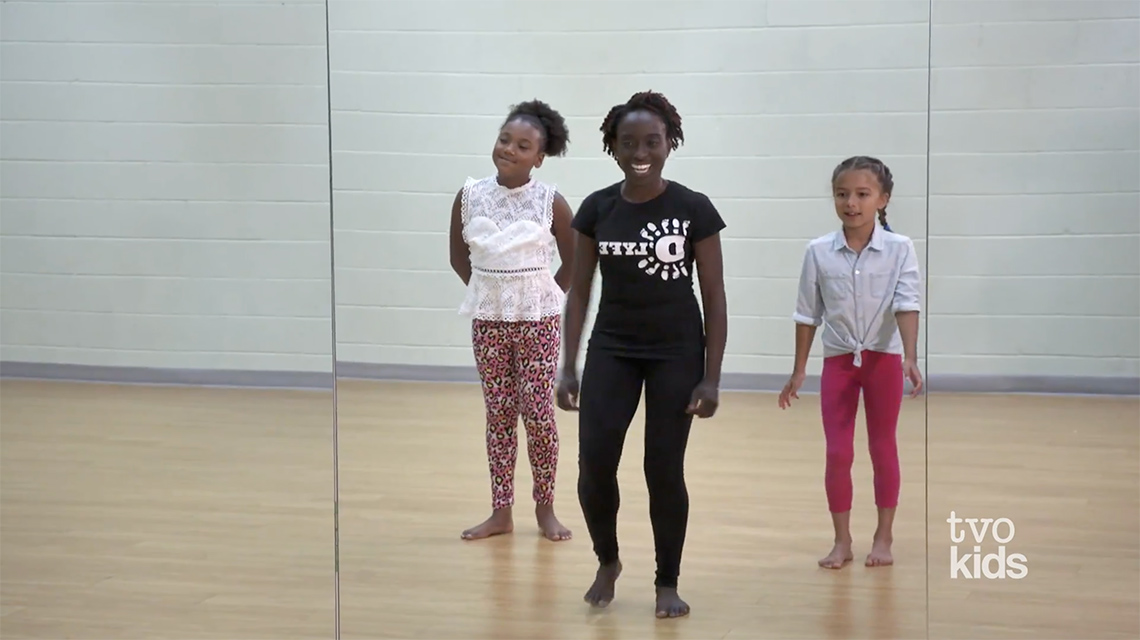
How could you change the movement even more?
Explore the following images for ideas on how you could adjust the movement.
Once you’ve reviewed the images, consider how you could change the chipping movement.
Complete the Dance Movement Ideas template in your notebook or using the following fillable and printable document. If you would like, you can use speech-to-text or audio recording tools to record your thoughts. Consider adding your work to your dance portfolio.
Consolidation
Putting it all together
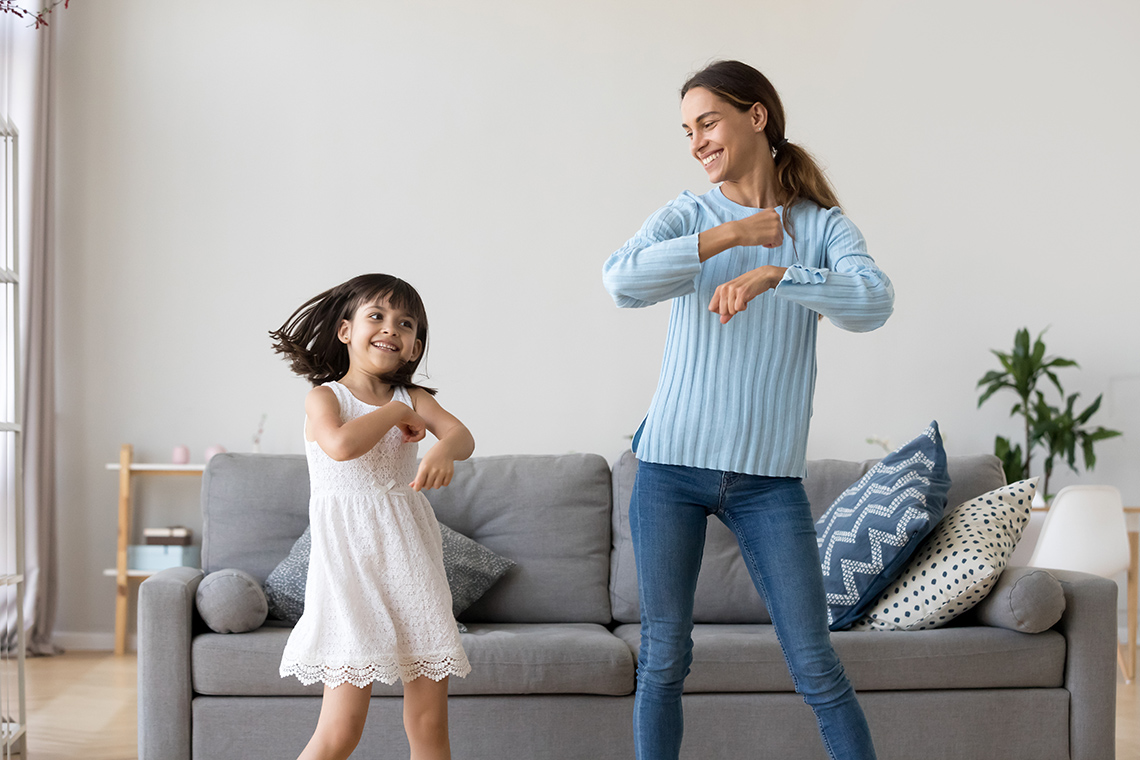
Safety reminder
Always be sure to do your safety checks before any physical activity!
Select three everyday movements. Use the movements from the following list or come up with your own!
- walking
- rolling
- bending
- waving
- stretching
- twisting
Turn each everyday movement into a dance movement! You might:
- make the movement bigger or smaller (e.g., wave with both arms to make a bigger wave)
- make the movement faster or slower (e.g., make a very slow waving motion)
- try the movement at different levels (e.g., wave close to the ground)
Complete the My Everyday Dance organizer in your notebook or using the following fillable and printable document. If you would like, you can use speech-to-text or audio recording tools to record your thoughts. Consider adding your work to your dance portfolio.
|
Movement 1: |
Movement 2: |
Movement 3: |
|---|---|---|
|
Non-locomotor Locomotor |
Non-locomotor Locomotor |
Non-locomotor Locomotor |
Press the ‘Activity’ button to access My Everyday Dance.
Try It
Try it
If possible, record yourself in a video trying each dance movement from the My Everyday Dance activity.
You could also share your ideas by telling or showing someone how you changed everyday movements into dance movements!
Reflection
How do you feel about what you have learned in this activity? Which of the next four sentences best matches how you are feeling about your learning? Press the button that is beside this sentence.
I feel…
Now, record your ideas about your feelings using a voice recorder, speech-to-text, or writing tool.









